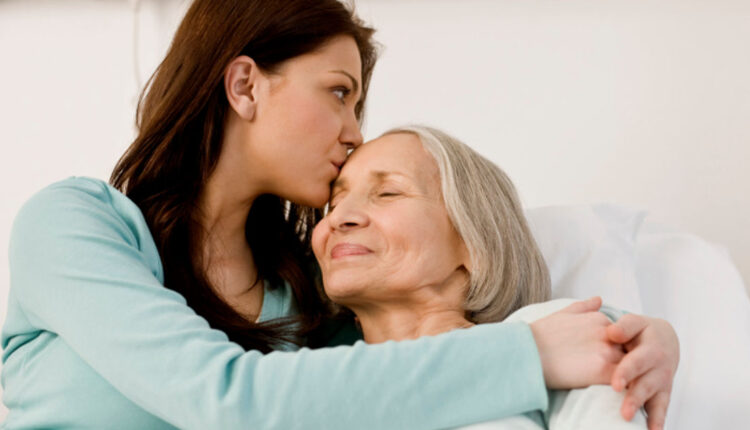Moving Your Loved One with Dementia: How to Get it Right
As your senior loved one’s memory declines, you might find that caring for them may be too much for you and your family to handle. This is especially the case when your loved one is in the severe stage of Alzheimer’s or dementia, which involves the inability to recognize faces and remember their personal history, and the need for assistance with daily living.
When this happens, you and your family might have to decide to move your loved one to a senior living facility or community. Although it’s a practical choice, the move may be difficult for your loved one. Here’s how you can find the right neighborhood and give them a smooth transition.
Finding the Right Senior Community
If possible, create a long-term plan after the dementia diagnosis. When your loved one is in the early stages of dementia or Alzheimer’s, finding the right community right away allows them to participate in the decision-making process.
Not all senior care communities are the same, and several are not equipped to care for seniors with dementia. Look around for options and visit the area so that you and your loved one can familiarize yourself with the community.
Preparing for the Move
Once you’ve chosen the community, make it a point to visit it a few times for your loved one to ease into the transition. Have them participate in activities and events, as well as get to know staff and residents.
Determine your loved one’s habits and rituals and see how they can be recreated in their new environment. Doing so will minimize confusion. Ask the community if you can label the room, so your loved one can feel more familiar with the layout of their new surroundings.
If you haven’t received information from the senior living community about what to bring from home, call them to make sure. Rooms in most areas are fully furnished, but you’re allowed to bring touches from home, like a CD player, wall art, or a favorite chair. Having something from home can help your loved one settle in more quickly.
Moving Day
It’s best to move your loved one at a time when they are at their best. For some, the move is best done in the middle of the day. Others prefer to move in the early evening. It may be helpful if you take out your loved one for the day while the rest of the family completes the move.
After the Move
Once your senior loved one has settled in, maintain an optimistic attitude to encourage them that the move is positive. Saying words of encouragement can make them feel safe and secure. You may need to spend the night in the community to help your loved one adjust to the new environment.
You may see your loved one decline after the move. Their appetite or sleep patterns may change, or they may wander and fall. This is normal because they’re adjusting to their new environment. Work with the caregiver to help them settle in the community.
Moving a senior loved one into an assisted living community is a significant transition. It’s an emotional journey that involves arguments and logistical challenges. These tips can help you and your loved one move to a new environment and feel adjusted during the first few days.


Comments are closed.